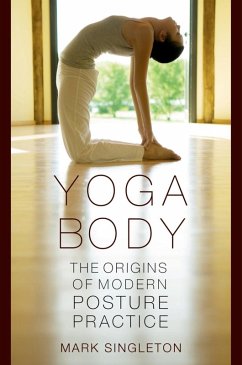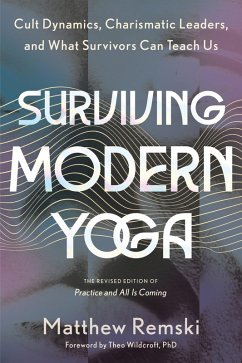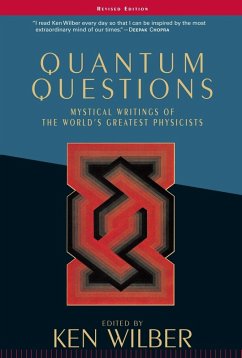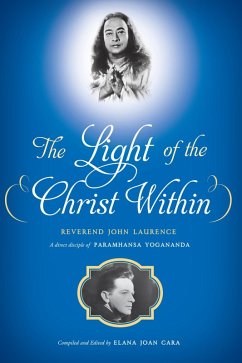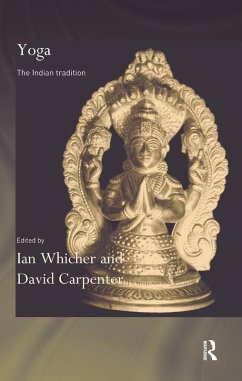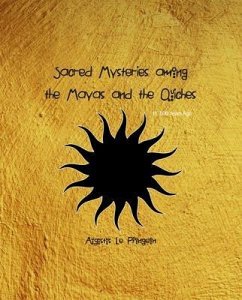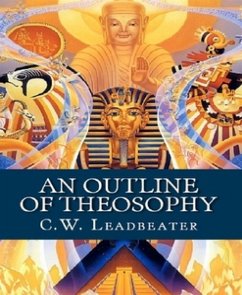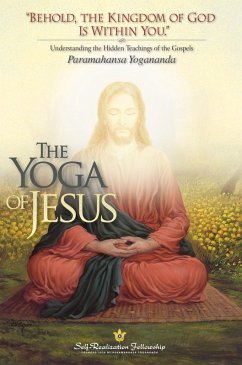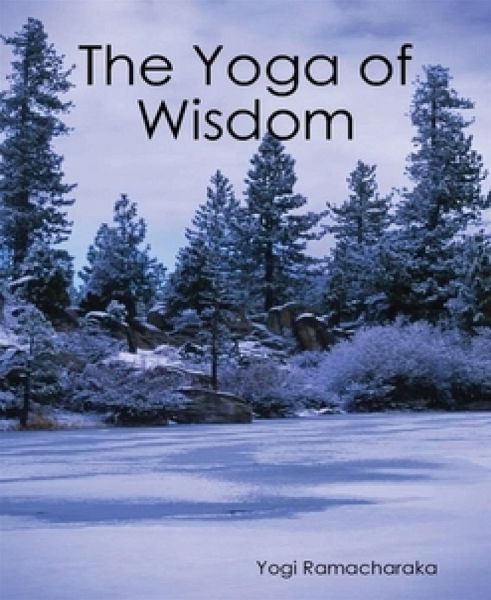
The Yoga of Wisdom (eBook, ePUB)

PAYBACK Punkte
0 °P sammeln!
The Yogi Philosophy may be divided into several great branches, or fields. What is known as "Hatha Yoga" deals with the physical body and its control; its welfare; its health; its preservation; its laws, etc. What is known as "Raja Yoga" deals with the Mind; its control; its development; its unfoldment, etc. What is known as "Bhakti Yoga" deals with the Love of the Absolute. What is known as "Gnani Yoga" (The yoga of wisdom) deals with the scientific and intellectual knowing of the great questions regarding Life and what lies back of Life - the Riddle of the Universe. Each branch of Yoga is bu...
The Yogi Philosophy may be divided into several great branches, or fields. What is known as "Hatha Yoga" deals with the physical body and its control; its welfare; its health; its preservation; its laws, etc. What is known as "Raja Yoga" deals with the Mind; its control; its development; its unfoldment, etc. What is known as "Bhakti Yoga" deals with the Love of the Absolute. What is known as "Gnani Yoga" (The yoga of wisdom) deals with the scientific and intellectual knowing of the great questions regarding Life and what lies back of Life - the Riddle of the Universe. Each branch of Yoga is but a path leading toward the one end - unfoldment, development, and growth.
Dieser Download kann aus rechtlichen Gründen nur mit Rechnungsadresse in A, B, CY, D, DK, EW, E, FIN, F, GR, IRL, I, L, M, NL, P, S, SLO, SK ausgeliefert werden.




